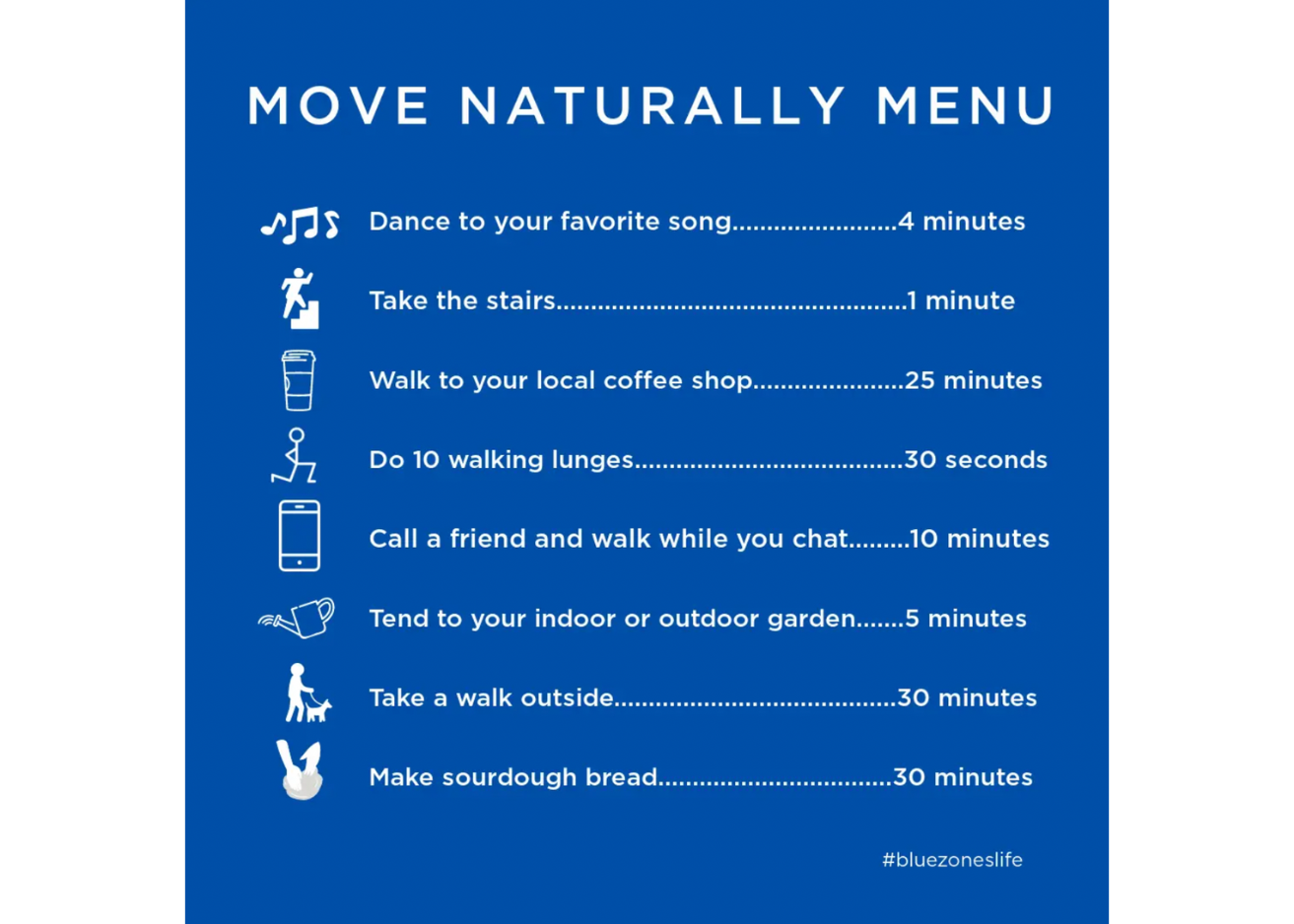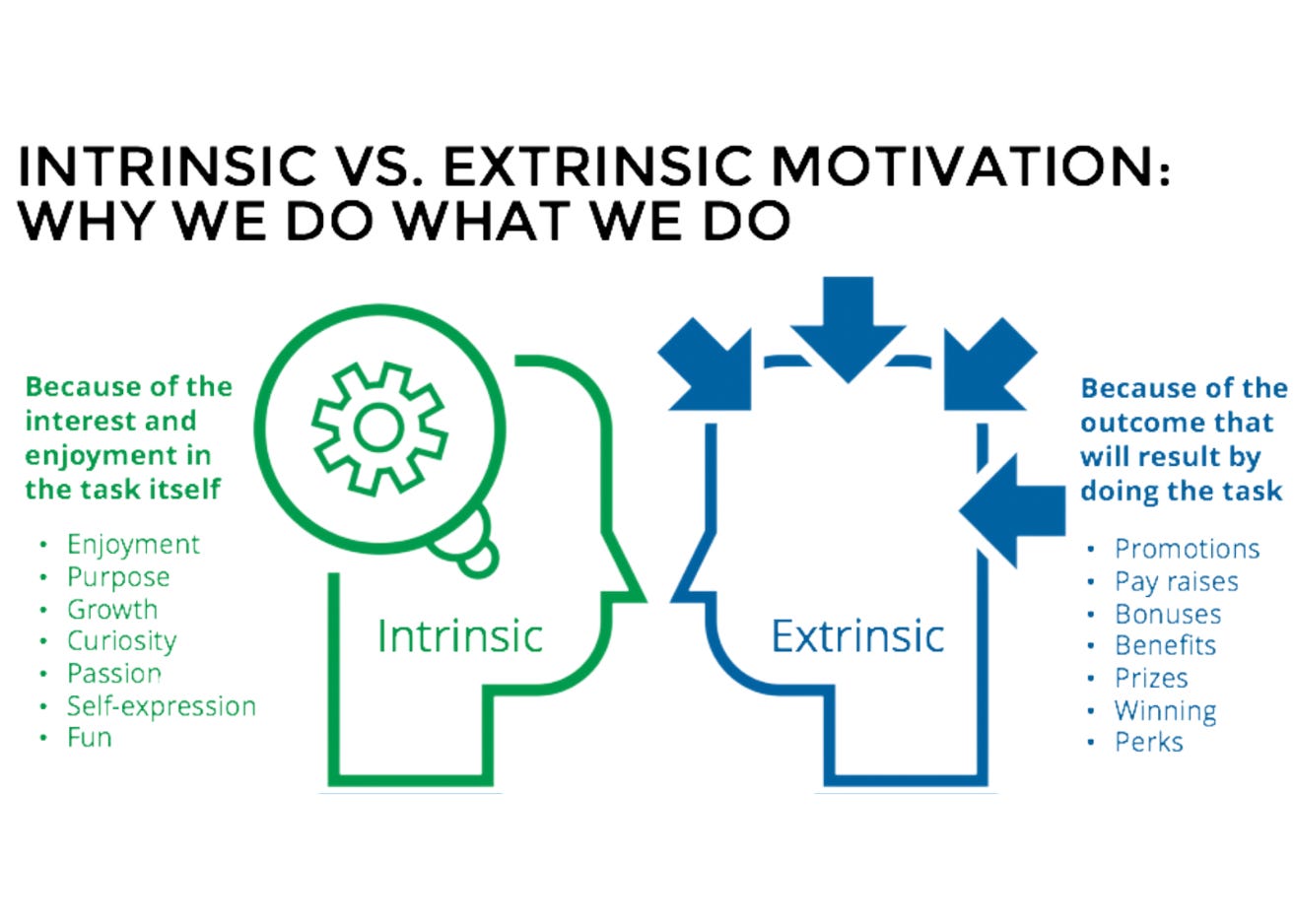This week is National Eating Disorder Awareness Week, and my team at GW has spent the last month preparing resources, educational materials, and outreach efforts. All of this research has reminded me how challenging it is to prevent eating disorders when our society perpetuates disordered eating as a norm.
Today, in honor of NEDA Week, I wanted to share some lessons from my journey toward intuitive eating and joyful movement—along with some recent wins!
My friend Nikki led a training for personal trainers at Lerner on the basics of nutrition. One slide from her presentation has stayed with me ever since.
The key takeaway from this chart is that total energy expenditure is far more complex than the oversimplified “calories in, calories out” mindset. The largest proportion of energy expenditure comes from basic physiological functions like breathing, circulation, and cell production. Next in line is Non-Exercise Activity Thermogenesis (NEAT), which includes daily movement such as walking, gardening, and household chores.
This chart is a powerful reminder that our bodies are working hard every day, regardless of whether we engage in intentional exercise. On days when I’m busy and unable to fit in structured movement, I remind myself that I still need to eat because my body is constantly working for me.
Another concept I think about often is the Blue Zones, geographic regions where people live exceptionally long and healthy lives. While there are valid criticisms of the methodology behind Blue Zones research, the overarching concept remains valuable: movement is most sustainable when integrated into daily life rather than treated as an isolated workout session.
The world's longest-lived people don’t necessarily lift weights, run marathons, or join gyms. Instead, they live in environments that encourage constant movement without conscious effort. They garden, knead their own bread, use hand-operated tools, and rely less on modern conveniences. When they go out—to school, work, a friend's house, or a restaurant—they typically walk rather than drive. Their daily lives are engineered for movement.
I remind myself that walking to the metro, playing with Fitz, and cleaning my apartment all “count” as movement. There’s no need to obsess over structured workouts when movement is already woven into my daily routine.
If you’ve been following me for a while, you know I’m obsessed with the psychology of motivation and how it’s often weaponized to produce guilt and shame.
Intrinsic motivation comes from within—it’s fueled by personal interest, enjoyment, or fulfillment. Extrinsic motivation, on the other hand, is driven by external rewards like weight loss, appearance, or societal approval.
Research suggests that intrinsic motivation is more effective than extrinsic motivation in promoting long-term, sustainable behaviors. When we engage in activities because they bring us joy (rather than because we feel obligated to), we’re more likely to stick with them even when obstacles arise.
For me, rock climbing, Pilates, and hiking are deeply motivating because they are fun and fulfilling. I never feel like I’m forcing myself to do them. I often reflect on the question: “What movement would you choose if your body stayed the same regardless of what you did?” For me, the answer remains largely the same.
The final concept I think about regularly is body neutrality, a mindset that emphasizes what the body can do rather than how it looks. Instead of forcing ourselves to love our bodies all the time, body neutrality encourages a more functional, balanced perspective.
Body neutrality prioritizes an appreciation for the body’s abilities (e.g., “My legs allow me to hike” instead of “I love my legs”), encourages detaching self-worth from appearance entirely, focuses on how the body feels rather than how it looks, and aims for a balanced and sustainable relationship with the body, reducing pressure to always feel positive.
This mindset has been a game-changer for me, especially on days when body love feels impossible. And honestly? Even body neutrality can feel difficult sometimes (see my April 2023 piece on this). But for me, it feels far more achievable than body positivity.
I spent most of college counting calories and restricting food, and it has taken six years to unlearn those behaviors. But I’m celebrating my progress.
Before meeting Ryan, I had used butter on toast maybe five times in my life—outside of restaurants. I avoided it because I had internalized the idea that butter was “bad.” But over the past year, I’ve started putting butter on my toast in the morning, and guess what? I love it. Who knew something so simple could be so enjoyable? The little voice in my head still tries to shame me, but I’ve gotten a lot better at pushing those thoughts aside and eating the damn toast.
Growing up, my cereal options were limited—shoutout to my parents for stocking Grape Nuts and Kashi Go Lean. Recently, on a whim, I bought a Costco-sized box of Honey Nut Cheerios, and let me tell you: I have been missing out. Crunchy, slightly sweet, filling—absolute game-changer.
Eating disorders and disordered eating thrive in secrecy. I hope that by sharing my journey, I can plant a tiny seed: intuitive eating and joyful movement are worth pursuing, even if they’re not always easy or accessible. If you’re struggling, you’re not alone—I’m right there with you.






